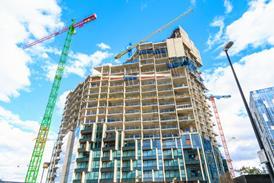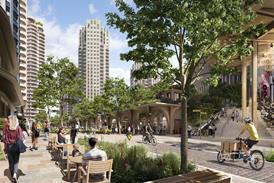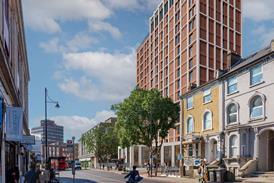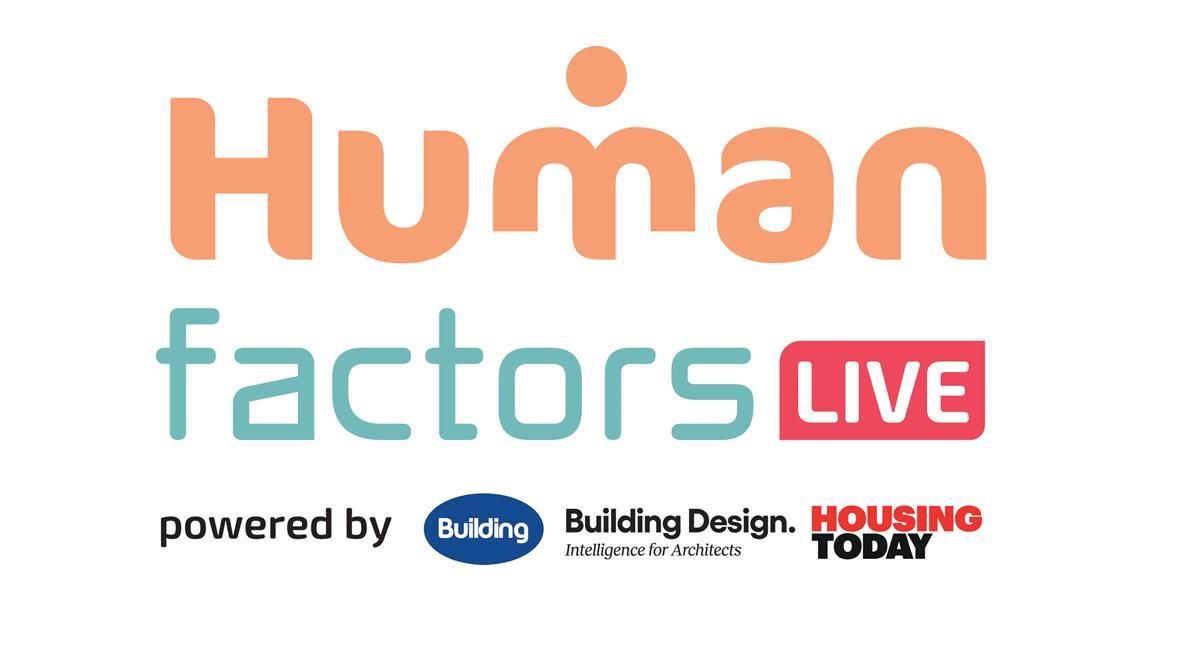- Home
 Government launches consultation on single construction regulator
Government launches consultation on single construction regulator Earls Court clears another planning hurdle as second council approves 4,000-home masterplan
Earls Court clears another planning hurdle as second council approves 4,000-home masterplan Government approves Universal Studios UK theme park with construction set to start as soon as next year
Government approves Universal Studios UK theme park with construction set to start as soon as next year Grid gets green light to turn 1960s Brixton tower block into hotel
Grid gets green light to turn 1960s Brixton tower block into hotel
- Intelligence for Architects
- Subscribe
- Jobs
- Events

2025 events calendar Explore now 
Keep up to date
Find out more
- Programmes
- CPD
- More from navigation items
A failure of planning? The uncertain fate of Birmingham’s historic markets

Despite eight centuries of history, Birmingham’s markets are being sidelined in the city’s latest redevelopment plans – with traders facing an uncertain future and no clear strategy for continuity, writes Joe Holyoak
In 1166, the Lord of the Manor of Birmingham, Peter de Bermingham, obtained a charter from King Henry II, permitting him to hold a weekly market. The market was held a few yards away from the de Bermingham home, the moated Manor House next to St Martin’s Church, in what later came to be called the Bull Ring. More than eight centuries later, the market is still running in approximately the same location.
…
This content is available to registered users | Already registered?Login here
You are not currently logged in.
To continue reading this story, sign up for free guest access
Existing Subscriber? LOGIN
REGISTER for free access on selected stories and sign up for email alerts. You get:
- Up to the minute architecture news from around the UK
- Breaking, daily and weekly e-newsletters
Subscribe to Building Design and you will benefit from:

- Unlimited news
- Reviews of the latest buildings from all corners of the world
- Technical studies
- Full access to all our online archives
- PLUS you will receive a digital copy of WA100 worth over £45
Subscribe now for unlimited access.


